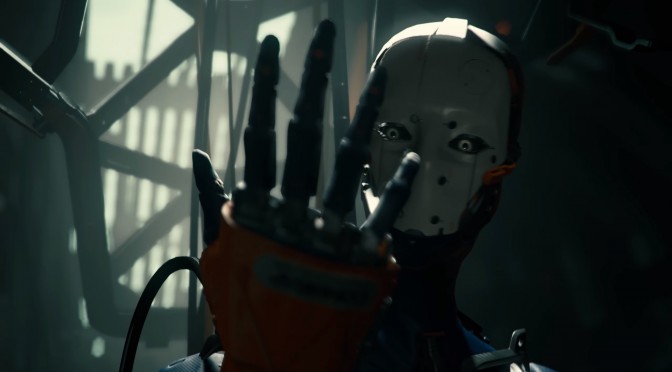Oats Studios has released the third episode of the Unity 5 ADAM tech demo. This episode packs a new chapter of ADAM and a new tribe of human survivors in its post-apocalyptic world. Furthermore, it showcases real-time visuals, showcasing what the Unity 5 Engine is capable of.
Back in June 2016, Unity Technologies impressed everyone with its Unity 5 Adam Tech Demo. This demo could ran in real-time on a single GeForce GTX980 at 1440p, and looks absolutely stunning. In November 2016, Unity Technologies released that demo to the public, and everyone was able to download and run it. And in October 2017, Oats Studios revealed its second episode.
Like the previous two episodes, this new one for ADAM looks amazing. However, it does make us sad when we realize that there isn’t any Unity Engine game with these visuals. Yes, the engine seems capable of pushing awesome graphics. However we need games to offer such things and not just tech demos.
Moreover, Oats Studios wanted to make the ADAM films look as real as possible, featuring high-definition facial capture, dense polygonal environments, and lots of characters. Furthermore, technical director Jim Spoto said:
“One of the most ambitious features that we co-developed with Unity was Alembic streams for cloth and face animation. Alembic is a standard for animated geometry cache data – it’s a staple in use at VFX studios, and the richness and fidelity it provides has been crucial.”
Enjoy (we’ve also included below the previous episodes of ADAM)!

John is the founder and Editor in Chief at DSOGaming. He is a PC gaming fan and highly supports the modding and indie communities. Before creating DSOGaming, John worked on numerous gaming websites. While he is a die-hard PC gamer, his gaming roots can be found on consoles. John loved – and still does – the 16-bit consoles, and considers SNES to be one of the best consoles. Still, the PC platform won him over consoles. That was mainly due to 3DFX and its iconic dedicated 3D accelerator graphics card, Voodoo 2. John has also written a higher degree thesis on the “The Evolution of PC graphics cards.”
Contact: Email

